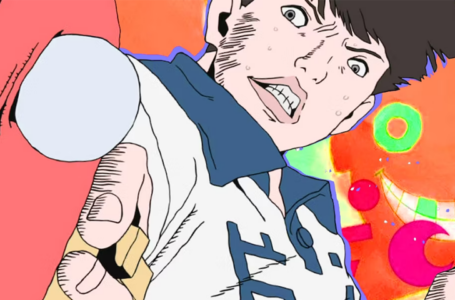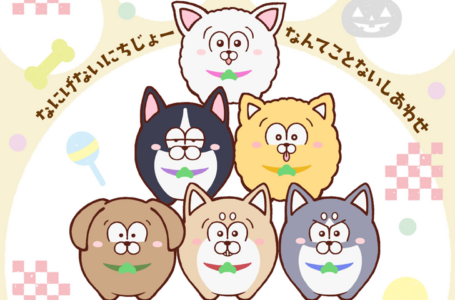Why you need to watch Sing a Bit of Harmony
Sing a Bit of Harmony is the most recent anime I sat down to watch in a cinema, and having gone into it without any prior knowledge or preconceived notions, I wasn’t sure what to expect. And it ended up completely blindsiding me with its brilliance.
I came out of the experience with even more hope and positivity for the future thanks to what it left me with, and I’m so thankful for what it achieved. Considering that the movie is going to absolutely be outshined by another more high-profile anime movie — Mamoru Hosoda’s Belle — it goes without saying that we should probably give Sing a Bit of Harmony some well-deserved praise sooner rather than later!
An introduction
Sing a Bit of Harmony was directed by Yasuhiro Yoshiura — known for Time of Eve, Pale Cocoon, and Patema Inverted — and produced by J.C.Staff and Funimation. Its music was composed by Ryo Takahashi, who some may know already as the composer of SK8 The Infinity, citrus, and Please Tell Me! Galko-chan, plus many others.
The story takes place in a futuristic but still rural land where technology and AI is at its most convenient and commonplace. Robots are taking on all the manual labour tasks such as cleaning buildings, maintaining homes, and automatically organising and running transport — but the advancement of technology has come to a screeching stop. In order to progress further, a sentient AI is put to its final test: going undercover in a school to successfully pose as a real human being and student.
But there’s a few catches along the way — the AI, named Shion, has a habit of breaking into song often and at the most inconvenient of times; something that no human teenager would think of doing for fear of embarrassment. Then there’s work pressure and a culture of misogyny hammering down on Shion’s lead designer and inventor Mitsuko — if Shion is found out, the test would immediately be deemed a failure, and her job is put into jeopardy. And to make matters even more complicated, Mitsuko’s daughter Satomi attends the same school Shion is set to infiltrate.
Satomi is a loner who sticks to herself and has no friends after a certain event caused her peers to start teasing her as a “tittle-tattle”. That is, until she is approached by Shion, who poses her a question — “are you happy now?” — and then immediately bursts into song.
From thereon, Satomi clocks that Shion is her mother’s ongoing project that needs to be kept secret for it to succeed — but she’s not the only one to spot the truth. Four other students happen to stumble across it, too: childhood friend Toma, mean girl Aya, popular boy Gocchan, and judo student Thunder. How will the desire to keep Shion’s identity secret affect Satomi and the people around her?
A feel-good and heart-warming musical endeavour
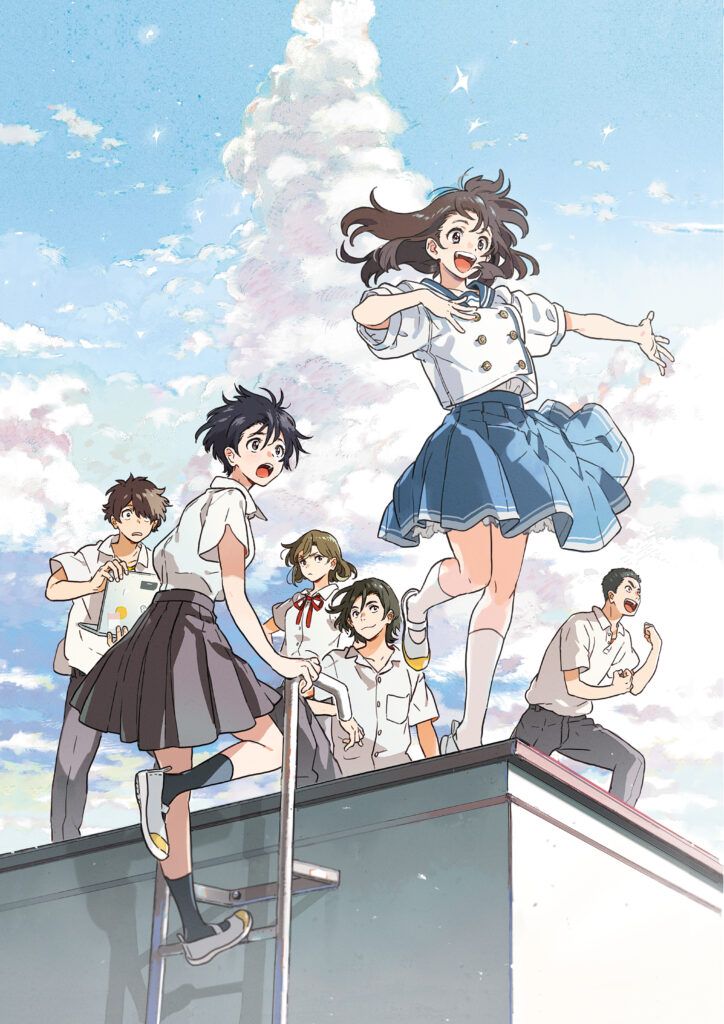
The movie manages to pack many different genres in its 108 minutes of runtime, taking in romcom, slice of life, drama with a sci-fi spin and even elements of thriller with its rescue and escape finale. It never loses steam and constantly tugs at the heartstrings with its major reveals concerning Shion alongside the central themes of friendship, the pros of AI, and staying optimistic in a society that condones idealism.
Its major motif is also similar to the aforementioned Belle that is releasing around the same time: they share a strong emphasis on music, but with the visual excellence and genuineness of Sing a Bit of Harmony’s vocal tracks, it’s definitely a real highlight of this particular movie.
J.C.Staff does wonders with the animation of Sing a Bit of Harmony, with sparse use of CGI. When it is used, it works splendidly with the eye-catching visual flair and bursts of colour — usually thanks to Shion’s tampering with other tech to put on shows that are, unsurprisingly, song-based.
Then there are numerous dramatic moments of emotional vulnerability that help to emphasise how Shion hopes to unite the cast: she wants to support them and teach them what they need to do in order to achieve happiness.
After the splendour of Disney’s animated musical Encanto, Sing a Bit of Harmony feels vaguely similar in presentation and musical numbers too. Even Satomi’s very important favourite childhood interest is reminiscent both visually and musically of a Disney TV show.
The best song is Lead Your Partner. It’s the only heavily jazz-inspired song on the track list, and it’s accompanied by some dance fight choreography that is pleasingly fluid in animation. So not only is it a treat for the eyes, but the Disney-esque musical scenes are sure to pull a emotional response from the audience.
I should also compliment Tao Tsuchiya for her captivating and charming performance as Shion, and especially for her singing. Since I only know her elsewhere as the supporting, badass Usagi in Alice in Borderline, Sing a Bit of Harmony made for some lovely juxtaposition with her playing a schoolgirl AI prone to belting sugary pop songs out.
A relatable main character with an endearing supporting cast that have enough depth to make them likable and human
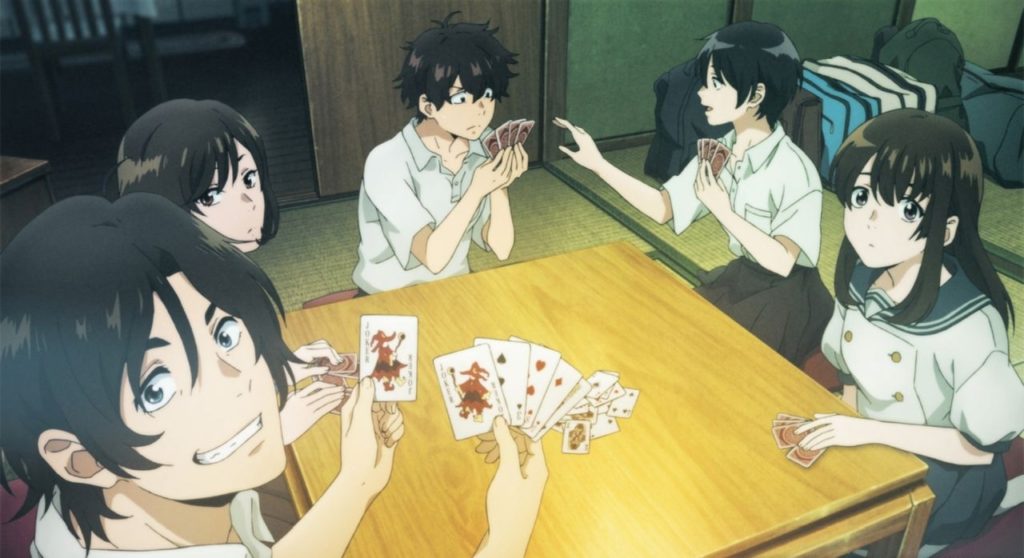
The human heart is at the crux of Sing a Bit of Harmony’s story, even if the concept is centred around AI. Each of the main characters have their own insecurities — even ones you would not expect to be particularly vulnerable from the initial impressions they might put across.
Gocchan, for example, struggles in accepting that he has no passion or interest in anything — a stark contrast to Touma’s persistent interest in and aptitude for technology. Gocchan instead gets around 80% marks on everything, making him feel even less capable and unimpressive compared to others who excel in one thing. It’s remarkably relatable for a character that might initially seem like a one-note throwaway trope — the popular school boy — seen in many other stories.
Then we have Aya who, to a lesser extent, shows her vulnerabilities by actually being surprisingly emotionally intelligent. She notices Gocchan’s disappointment with himself, which upsets her because she can see that he tries his best. She likes him for who he is despite him being an average, everyday kind of guy. She’s not at all shallow, unlike the stereotypes and tropes she initially appears to embody.
There are also plenty of slapstick moments throughout the movie, with Shion seemingly accidentally making every effort possible to be unable to fit into society like a normal person, and Thunder’s judo shenanigans with his AI sparring buddy. There’s also plenty of light-hearted banter between the cast as a whole to showcase the unification of the group; they’re a newly formed friendship group, and everyone has a tendency to put each other’s happiness before their own.
They all end up being likable and impressionable characters, and the group dynamic is improved further by how the movie tackles school romance via the coupling of Aya and Gocchan. The way they gradually come to present their vulnerabilities to one another through good communication is grounded in real-world relationships — ones that work well, anyway!
As for Satomi, she acts as one of the most appealing leads in an anime movie for a long time, encompassing everything good in a person. She takes great care in looking out for her overworking mother by keeping track of bills and expenses, cooking for her, and putting aside her own wants to keep on top of house duties whilst still attending school.
She clearly puts others’ happiness over her own, and this is made doubly obvious when helping Aya approach Gocchan over a misunderstanding, and protecting them during a scene when other students try to ruin the moment. And the many times Shion asks if Satomi is happy provides a constant reminder of how her focusing on others can sometimes be at the expense of her own self-care and satisfaction.
Numerous positive messages for a movie about AI
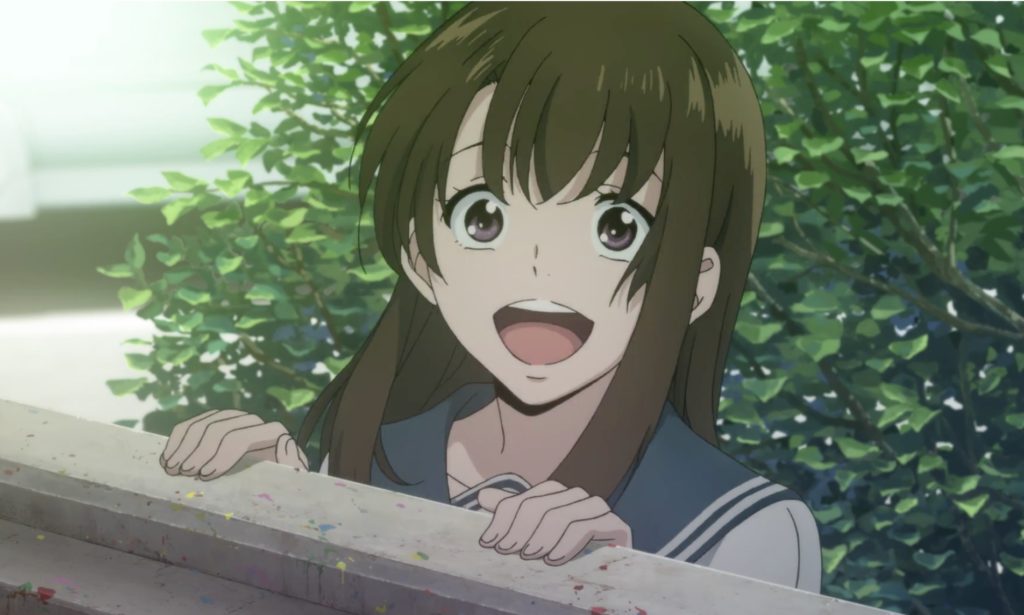
Sing a Bit of Harmony reminded me of certain Vocaloid songs in a lot of ways – specifically with ryo’s ODDS&ENDS, a song that remains close to my heart since discovering it; it’s a song with a very genuine and emotional core message of Vocaloids being appreciated and listened to because of the comfort that they provide. The song gives a voice to those who are outcasts in society, and it manages to neatly sum up the appeal and significance of Vocaloids — be it for the benefit of the music producer, or the end listener.
The movie takes this outlook on AI one step further, with Shion looking and sounding human and sporting her own self-fulfilling values — all emphasised by her desire to see the main character happy. Shion is selfless, yet sentient — she wants the best for humanity, and sees it all in an innocent and infectiously positive viewpoint. This is most definitely a poignant point when it comes to her relationship with Satomi and the story of her origins.
Despite her supposedly being programmed, her very nature is due to her having her own sense of identity: she is the person we all come to know as Shion. If anything, Shion represents the very best of humanity; the best versions of ourselves that it is possible to be — the ones that can go around singing without a care about what others think, who live for the happiness of others while accepting the love of those same others, and who never give in to the world’s ruthless nature.
It goes without saying that music is a defining part of the movie, and each track hits the intended emotions of the scenes that they accompany. In many cases, the music even elevates the humour, entertainment value and emotional impact of various scenes.
The movie’s director has been known for approaching the topic AI and technology in a positive light, unlike the popular depiction of technological advancement as inevitably drawing us into a dystopian nightmare scenario. And this can be seen through how Satomi and her friends are unquestionably considerate towards Shion — not just for who she is, and despite her being an AI who breaks into song in the most questionable moments and situations, but as a reason for their happiness.
The movie sublimely balances its humour and tenderness in these moments. A particular highlight in this regard is how Thunder gets his first sparring victory thanks to training with Shion just prior; naturally, he falls for her as a result, which is perhaps understandable when she’s accidentally wooing him through the “dance fight” choreography of Lead Your Partner.
What Shion stands for should not fade with time or age, but is a way of living we can all learn from. Because on the flip side is Mitsuko, who works near-on endless hours, all for the sake of humanity’s future, and for the happiness of her own daughter. Unfortunately, she is too busy to make this obvious in any other way than toiling towards her goal. Idealism vs realism is the movie’s main motif, and it is something akin to Persona 5’s approach to kids doing good against a world overran and controlled by cold, corporate adults.
Luckily in Sing a Bit of Harmony’s case, Mitsuko does not fall into this category, but its antagonist most definitely does. Saijou, who admittedly is the movie’s weakest point, is a walking definition of corporate villainy. He stops at nothing to sabotage Mitsuko’s lifelong efforts and passion for advancing the world’s technological development — all because she is a younger woman. He wants Shion for himself to keep her locked under the corporation’s control, but even in the end, Mitsuko sticks to her idealistic views and helps her daughter and friends save Shion.
Summing up
In many examples such as this, the movie has its own fair share of clichés, especially in the plot progression department, but Sing a Bit of Harmony not only hits the necessary notes with its heartfelt messages and well-paced events and dialogue, but also provides some refreshing depth to its side characters.
Sing a Bit of Harmony primarily touches on the themes of the importance of friends, holding onto memories, and being kind to yourself and others equally — all common themes in anime. In some respects, Sing a Bit of Harmony can be regarded as fairly mediocre and predictable — but for all its simplicity, it ticks all the boxes and has completely and absolutely won over my heart for everything it genuinely and optimistically represents.
It manages to be refreshing in its use of music and accompanying animation to deliver something unique while also being a reminder of real-life messages to cherish. Because in the same vein as how The Girl Who Leapt Through Time taught important messages to our youthful selves, Sing a Bit of Harmony will likely be one to remember long into the future.
I already have tickets pre-booked for the one showing of Belle near my location, but in all honesty, I’m thinking Sing a Bit of Harmony will not easily be topped. It restored my innocent, wonder-like view of the world, and made me hopeful for whatever the future has in store for us.
Join The Discussion
Rice Digital Discord
Rice Digital Twitter
Rice Digital Facebook
Or write us a letter for the Rice Digital Friday Letters Page by clicking here!
Disclosure: Some links in this article may be affiliate links, which means we may earn a small commission if you make a purchase after clicking on them. This is at no additional cost to you and helps support Rice Digital!
- Sigh of the Abyss: Shadow Bonds – Prologue Review - October 7, 2023
- Is She The Wolf? is wickedly addicting TV - October 6, 2023
- The steady consumption of Slow Damage - October 5, 2023




